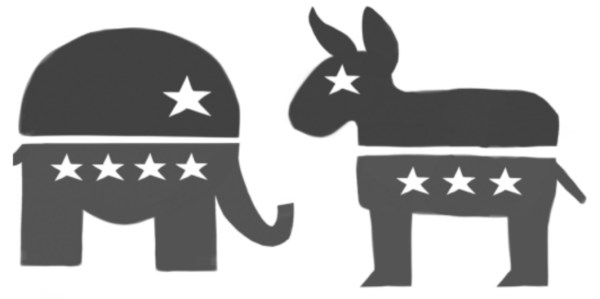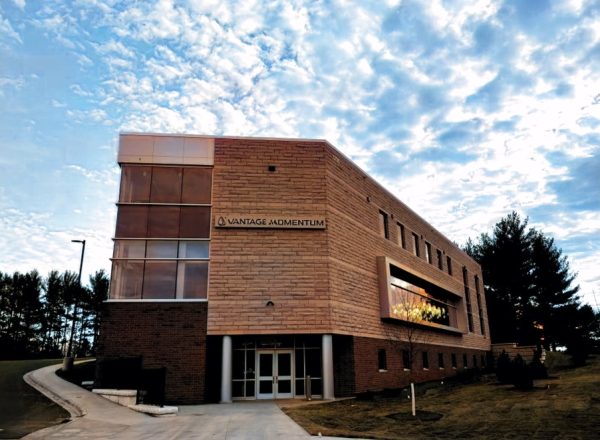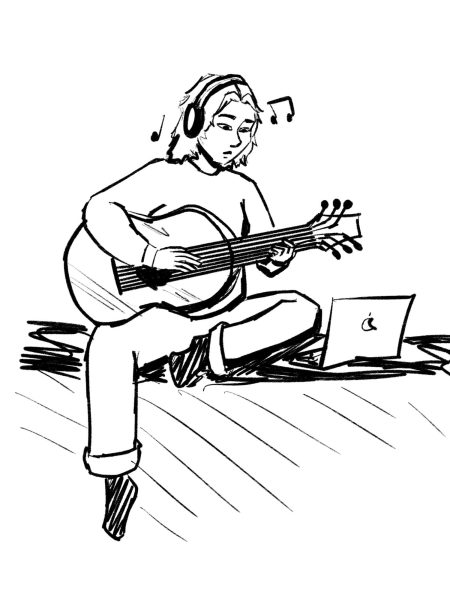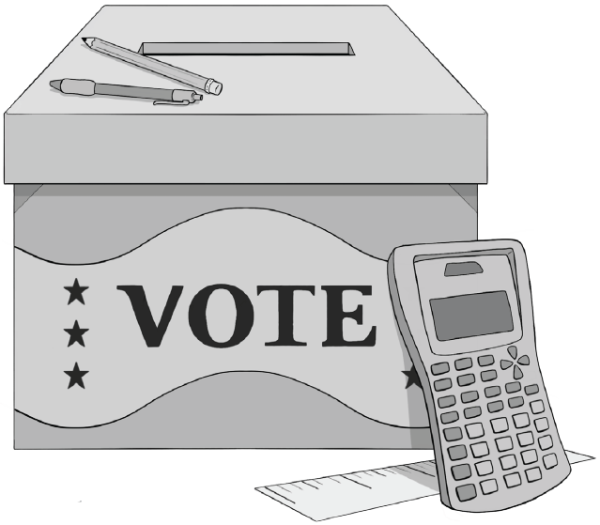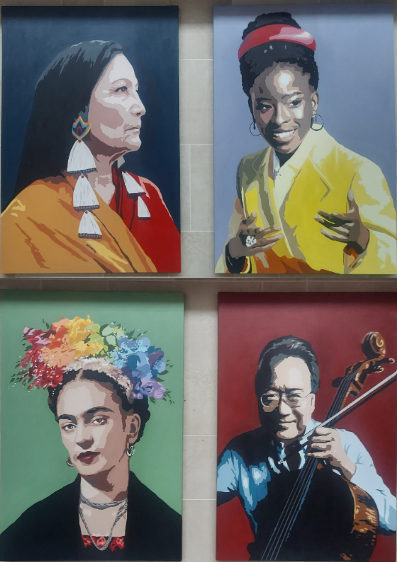MHS Student Speaks About Her Life in the Community as a Person of Color
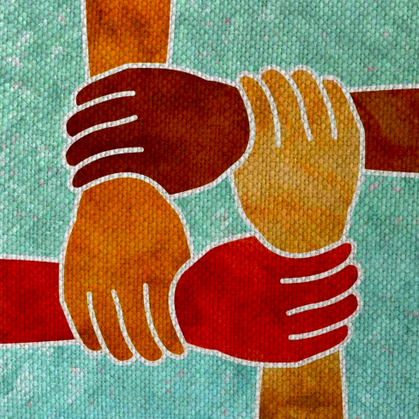
April 28, 2017
The city of Minnetonka is 90% white. So not only is it hard to fit in at school, but outside of school, and for some people, it’s hard to fit in at home as well
I understand that it would be a much better place if race did not play a role in how people treat each other. In the world we live in, it is not an easy reality to achieve. There are people in our community, people in our school, who cannot avoid race. They can’t ignore politics, the news, the “jokes”, or the opinions. It follows them throughout their day, throughout their week, and throughout their life. These are people of color.
I was born in Bogotá, Colombia. I was adopted by my Minnesotan parents, and I grew up around people who were different than me my entire life. I did not care about my race, my family’s race, or my friend’s race, but other people did. By the time I was 6, I did too. Comments about how different I look from my parents were heavily present throughout elementary school. In middle school, over spring break, I got “too dark” according to some of my classmates. And in the last two years, at least eight people have told me to “go back to Mexico.” While I am not a spokesperson for every person of color in Minnetonka, I can assure you that I have never enjoyed being treated this way.
I understand that it is hard to relate to the experiences of people who are not like you. However, choosing to ignore the problem because it does not pertain to you is one of the worst things that you can do.
According to a study done in 2007, 40% of American adoptions were of transracial nature, meaning the parents are a different racial or ethnic background (US Department of Health and Human Services). Many people believe it is best to ignore racial issues, but by not informing children of color about their differences and how that might affect the way others treat them can severely damage their self-esteem. Ignoring racial or cultural differences is not the solution, acknowledging and respecting the differences is detrimental
Another study found that “interracial adoptive parents living in predominantly white communities tended to have adoptees that experienced more discomfort about their appearance than those who lived in integrated settings.”
This issue is present in our own community. Minnetonka families that adopt children of color have a duty to educate not only themselves but also their children about the child’s culture of origin. Bringing a child into a completely different world without preparing them for potential threats is cruel. Ever since I came to Minnesota, I’ve had the adoption creed hanging on my wall. It states, “Not flesh of my flesh, nor bone of my bone, but still miraculously my own. Never forget for a single minute, you didn’t grow under my heart but in it.” I read this at times when I feel alone, and it makes me more comfortable with the idea of being different from those I love and care about.
While it is easy to point out issues in the community, it is imperative that we take actions to improve the situation. In the article “The Realities of Raising a Kid of Another Race”, TIME writer Karen Valby shares five important lessons about raising children adopted from another country.The piece of advice that I feel is most relevant to Minnetonka families is that “[racism] is a problem of how other people treat each other. You don’t want [people] to feel that it’s just their race, or who they are.”
As a child, I was taught that being different isn’t a bad thing. The sad thing is, some people still see people of color as inferior to white people. When my family and I went on vacation, a woman came up to me and asked if I could take her bags to her room, assuming that I was a hotel employee. I am positive that she made this assumption solely on the color of my skin. This is an experience that no child should ever have to go through.
So what can you do? Yes, you. I’m addressing you, the students of MHS, because you’re involved with race relations- we all are. It’s simple, really. Educate yourself on problems people of color face, on what is offensive and degrading, and on politics and policies that disproportionately affect people of color. Stand up for people being targeted because of their skin color. I remember last year, a guy decided it would be funny to joke about me hopping the border, and about me being an illegal immigrant. He had the audacity to say that “Mexico and all the other countries in South America are the same thing.” Though that hurt, someone I called a friend did not defend me, did not stand up for me and made excuses for his actions, which hurt more.
It is important that each and every person, no matter what color, feels accepted and supported by friends and family alike. Take care of one another, understand the individual struggles that students of color face on a day to day basis. Our community can achieve a positive environment for everyone through education, respect, and most importantly, love.
























